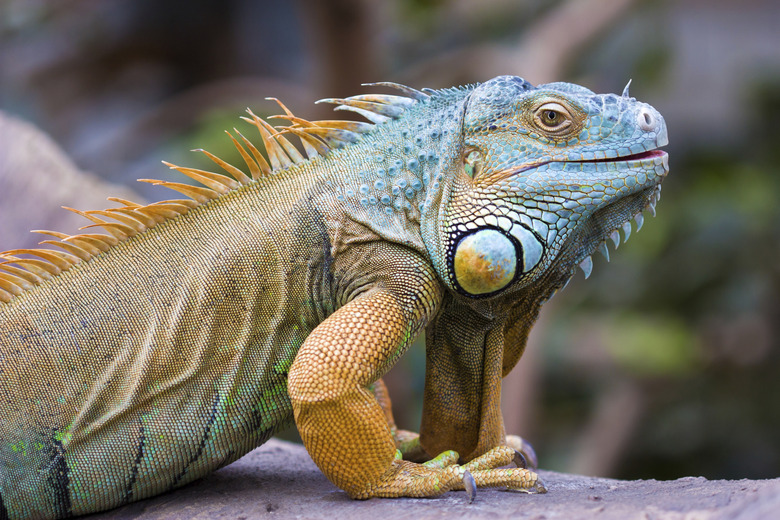What Pet Reptiles Can Live Together?
Housing reptiles together is possible, but it must be done with caution and a lot of research. Some species, such as aquatic turtles and tortoises, can live together, but many species cannot, including most pet snakes. There are many other considerations, such as diet, temperature requirements, and general husbandry of each species. Size of the habitat is an essential consideration. Reptile experts often don't recommend housing reptiles together, even those of the same species.
Reptiles do not need company and only group together in the wild if there are enough resources and space for all to survive. Otherwise, they will compete, often killing the weaker of the group. This instinct is strong. If forced to live together, the bigger of two reptiles will likely dominate, which can cause stress and even death in captivity.
Housing multiple reptiles and pet snakes
Housing multiple reptiles and pet snakes
Reptiles who are housed together regardless of species should be of similar size. The habitat must be large enough for both reptiles and expansive enough to provide many hiding places at both the warm end of the tank under the heat lamp and in the cooler end. Reptiles should be able to hide from each other in either part of the enclosure.
Provide enough food. Know the dietary requirements of the species or both species if you are mixing them and offer plenty of food. The fear that food is not plentiful will cause competition between reptiles. Housing males together of any species isn't advisable. It's better to house only females together but have an alternative option if cohabitation isn't successful.
Housing the same reptile species
Housing the same reptile species
If you have a large enough enclosure — consult reptile pet stores for size suggestions — there are some reptile species that can live with their own kind provided that the mix is one male and one or more females or only females. Those who can live with their own species successfully include young bearded dragons, garter snakes, monkey-tail skinks, shingleback skinks, and some aquatic turtles, like sliders and cooters.
Housing different reptile species
Housing different reptile species
Can you put a frog and a bearded dragon together? No. A bearded dragon will likely eat a frog alive, and frogs have parasites that can kill a bearded dragon. Also, these two species have different habitat requirements. Climate and parasites are two key issues when you're considering housing two different reptiles together, even cute snake species that might look beautiful intermixed.
Research what climate the reptiles require in the wild — dry and hot or tropical and moist? Desert animals, for instance, must be housed with other desert animals. Clearly, you can't create two different habitats in one enclosure. Also, know whether either species potentially carries diseases that can be transferred to the other and avoid putting those reptiles together.
Reptiles that can live together
Reptiles that can live together
Most pet snakes should live alone, with a few exceptions. Bullsnakes can sometimes live with pine or rat snakes. Also, certain species of poisonous frogs can be housed together, and snakes who live in branches, such as the green tree python, won't likely compete for space with aquatic animals in a very large enclosure.
Ultimately, there are number of considerations before putting two species together, including the size of the enclosure, habitat requirements, and the gender and size of the reptiles. Watch reptiles carefully for any signs of aggression and be prepared to move them to another habitat immediately. Note that reptiles who live together well at first might turn on each other over time.
